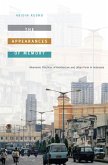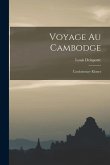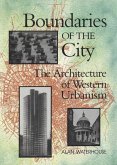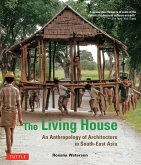The vernacular architecture of the Minangkabau in Sumatra constitutes one of the most popular and well-known building traditions in contemporary Indonesia. Yet, despite its fame, Minangkabau architecture has received remarkably little scholarly attention. What is known about the building tradition does not go beyond the romanticized popular image (of high-rising roof spires, floor elevations, and colourful woodcarvings) promoted by the government, the tourist industry, and the media. This image leaves too many questions about the meaning of Minangkabau architecture unanswered. Constituting Unity and difference refines, supplements, and revises the popular image. Focusing on the construction, design, and spatial use of vernacular houses in one region of West Sumatra, and taking into account historical developments and geographical variation, the author explores how vernacular Minangkabau houses are instrumental in the constitution, perpetuation, and manipulation of socio-political relationships and identities. He concludes that the current popular image of Minangkabau architecture is seriously in need of revision.








